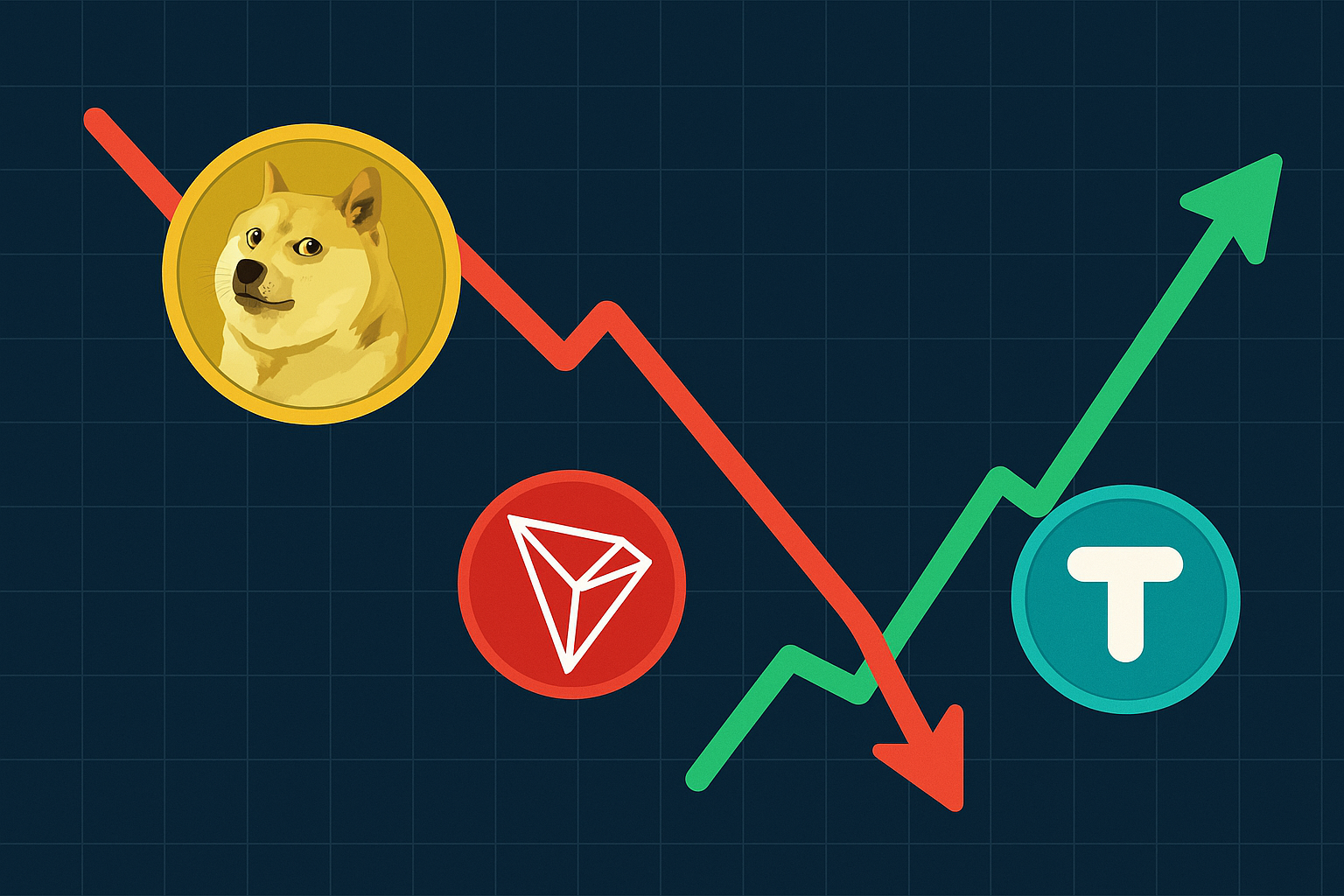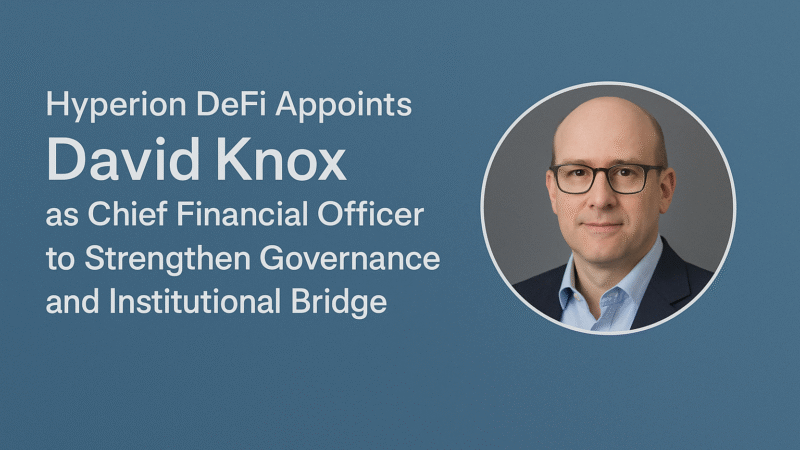The Collapse Of Wormhole And Its Aftershocks In Solana’s DeFi Ecosystem
Introduction
In early 2022, Wormhole experienced one of the most devastating hacks in blockchain history. The bridge, designed to facilitate cross-chain asset transfers, particularly between Solana and Ethereum, was exploited for approximately three hundred million dollars. This event sent shockwaves across the decentralized finance sector and exposed deep vulnerabilities in smart contract infrastructure. For Solana, the damage was existential. Not only was Wormhole one of its most important cross-chain bridges, but its tight association with the now-defunct exchange FTX also made the entire network a symbol of failure during the crypto winter. At one point, the total value locked in Solana’s DeFi ecosystem dropped over ninety percent. Confidence in Solana’s long-term viability was eroded nearly overnight.
Solana’s technical instability further fueled the crisis. Outages became more frequent and disruptive, deterring both developers and liquidity providers. With declining user trust and institutional interest drying up, Solana’s DeFi prospects appeared irreversibly bleak. But within this descent was a simultaneous, quieter effort to repair, rebuild, and reposition.
Wormhole’s Recovery: From Disaster To Defense
The response to Wormhole’s breach was immediate and high-profile. Jump Crypto, a trading and infrastructure powerhouse, stepped in with a three hundred and twenty million dollar bailout to make users whole. This intervention was not purely philanthropic. Jump had significant exposure to Wormhole’s infrastructure and viewed it as critical to its broader multi-chain strategy. More importantly, this bailout sent a signal to the market: Wormhole would not be abandoned. Instead, it would be fortified.
In the months following the hack, Wormhole introduced sweeping changes to its security protocols. Multiple audit firms were retained, new validation systems were deployed, and a focus on decentralization was prioritized. Rather than a single operator controlling the bridge, a guardian network was set up to verify and transmit cross-chain messages. These measures transformed Wormhole into one of the most secure and transparent bridges in the blockchain space. While trust is hard to regain in crypto, time and performance began to soften the ecosystem’s view of Wormhole. Slowly but steadily, the bridge began handling more volume again.
Institutional Interest Begins To Bloom
In 2023, Wormhole’s trajectory changed dramatically when BlackRock entered the picture. The world’s largest asset manager had begun experimenting with blockchain infrastructure, particularly through the tokenization of real-world assets. Using Ethereum and Optimism as base layers, BlackRock issued the USD Institutional Digital Liquidity Fund, or ETHA. To enable that fund to operate seamlessly across blockchains, they turned to Wormhole.
This development was momentous. It demonstrated that the world’s most risk-averse financial entities were willing to work with a bridge that, only a year earlier, had been considered nearly radioactive. ETHA’s success opened the floodgates. Soon after, Apollo adopted Wormhole infrastructure for its ACRED token. Shortly after that, Hamilton Lane, one of the largest asset managers in the world, used Wormhole to issue its Senior Credit Opportunities token, known as SCOPE.
These three partnerships represented more than institutional adoption. They signaled that DeFi was evolving into a modular system where infrastructure, compliance, and security intersected. Through Wormhole, institutions could bridge regulated assets between chains without losing oversight or transparency. The blockchain was no longer a speculative casino. It was becoming a programmable settlement layer for real-world capital.
How Wormhole Works: Under The Hood
Wormhole is not a blockchain in the traditional sense. It is a messaging protocol that connects multiple blockchains through a decentralized network of validators called guardians. When a user wants to send a token from one chain to another, Wormhole locks that token in a smart contract on the source chain. It then issues a signed message, called a Verified Action Approval, or VAA, which is read by validators on the target chain. Once confirmed, a wrapped version of the token is minted on the destination chain. This architecture allows for fast, cheap, and secure cross-chain interactions.
Wormhole currently supports dozens of chains, including Solana, Ethereum, Optimism, Base, Avalanche, and Arbitrum. Its modular architecture allows new chains to be onboarded without compromising security. In the case of institutional assets, these VAAs can carry metadata that ensures only compliant participants can interact with the token, enabling features like whitelisting, transfer restrictions, and regulatory disclosures.
BlackRock’s ETHA token, for instance, is issued on Ethereum but bridged to Optimism using Wormhole. Investors can participate in the fund on either chain while remaining within the guidelines of US regulatory frameworks. Similar design choices have been made for Hamilton Lane’s and Apollo’s tokens, which can now be transferred across Layer 1s and Layer 2s while maintaining their legal and financial characteristics.
Solana’s Image Transformed Through Institutional Association
Perhaps the most surprising effect of Wormhole’s revival has been its impact on Solana’s public image. Once viewed as an unstable, centralized experiment, Solana is now seeing a surge in institutional interest. The fact that BlackRock, Hamilton Lane, and Apollo are indirectly relying on Solana-compatible infrastructure has renewed confidence among developers and investors alike. Wormhole’s validator-based security model has alleviated earlier concerns about centralization. More importantly, these institutional assets are starting to generate on-chain liquidity, not just in Ethereum but also in Solana-based protocols.
This represents a complete reversal of narrative. Solana, once dragged down by its association with FTX and by repeated outages, is now emerging as a legitimate venue for tokenized finance. Trading volumes on Solana DEXs are increasing. New funds and DAOs are launching on the network, and DeFi protocols like Drift and MarginFi are seeing renewed participation. With Wormhole functioning as the connective tissue, Solana is poised to benefit from a multi-chain liquidity explosion driven by real-world assets.
Regulatory Landscape And Legal Risk Management
One of the biggest hurdles for DeFi in attracting institutional capital has always been regulation. Traditional asset managers must adhere to strict compliance standards, including KYC, AML, and custody requirements. Wormhole solves a part of this equation by allowing tokenized assets to retain their compliance properties even when moved across chains. Through permissioned smart contracts and guardian-voted validation, institutions can enforce legal restrictions without compromising composability.
However, challenges remain. Global regulators are still debating how tokenized funds should be classified. In the United States, the SEC has signaled that many tokens could be deemed securities, even if they are fully collateralized and compliant. Europe has introduced MiCA, a framework that could either accelerate or hinder institutional DeFi adoption depending on its implementation. Wormhole must continue to innovate in regulatory tooling—possibly introducing decentralized identity integration or real-time audit layers—to keep pace with evolving standards.
The Future Of Cross-Chain Finance
The significance of Wormhole’s transformation extends beyond the Solana ecosystem. Its partnerships with major asset managers show that decentralized infrastructure can support institutional-grade finance. This opens up numerous possibilities. We could soon see bonds, mortgages, and equities being issued natively on-chain and traded across networks in real-time. Wormhole, with its multi-chain validator model and high throughput, is well positioned to be the core settlement layer for these operations.
Moreover, Wormhole’s presence could inspire competing bridges to improve. Players like LayerZero, Axelar, and Synapse will now be judged not only by their tech but by their ability to attract institutional partners. This healthy competition will elevate the entire DeFi ecosystem, making it more resilient, secure, and scalable.
Institutional DeFi And The Next Phase Of Growth
The integration of real-world assets into blockchain systems marks the beginning of a new chapter in decentralized finance. While the first generation of DeFi was focused on permissionless trading, yield farming, and synthetic assets, the next phase will be defined by regulated liquidity, real-world utility, and institutional credibility. Wormhole stands at the center of this evolution. Its technology enables the safe movement of capital across ecosystems while respecting legal boundaries.
For Solana, Ethereum, and every other chain that connects to it, this is a breakthrough moment. Liquidity will no longer be fragmented. Capital can flow freely, transparently, and compliantly. As new asset managers join the movement, we may see an explosion of new financial products: tokenized retirement plans, fractionalized private equity funds, and multi-chain ETFs. DeFi is no longer a playground. It is becoming the architecture for the future of capital markets.
Conclusion
Wormhole’s journey is emblematic of the broader crypto industry. It began as a risky experiment, suffered a catastrophic failure, but through persistence and reinvention, emerged as one of the most trusted bridges in the ecosystem. Its partnerships with BlackRock, Hamilton Lane, and Apollo are not just symbolic—they are foundational. They prove that decentralized systems, when well-designed, can earn the trust of even the most conservative institutions.
For DeFi, the message is clear. Resilience matters. Security matters. And above all, infrastructure must be adaptable. Wormhole’s success shows that it is possible to build bridges between not just blockchains but between the old world of finance and the new digital frontier. The next phase of DeFi has begun, and Wormhole is leading the way.



